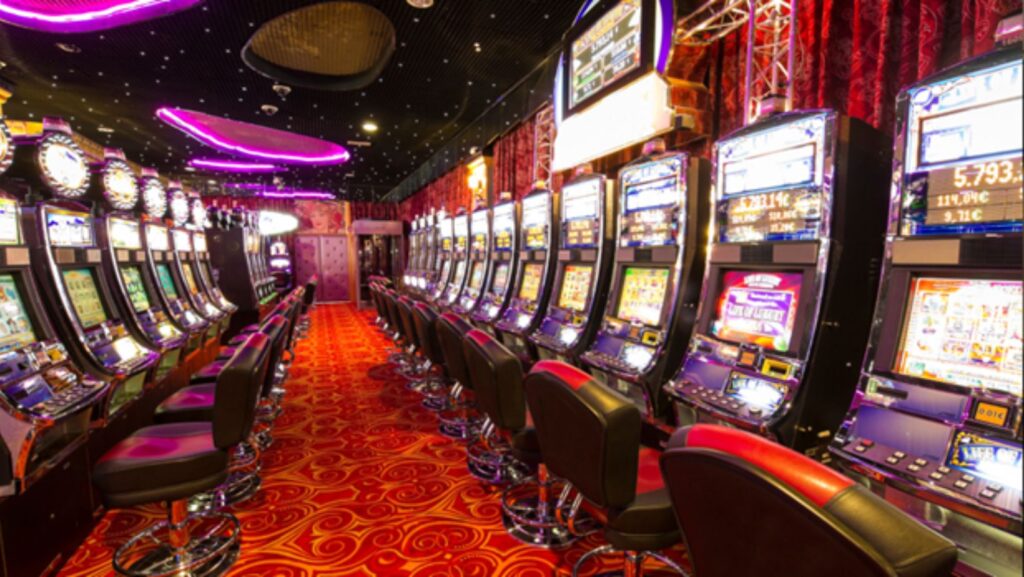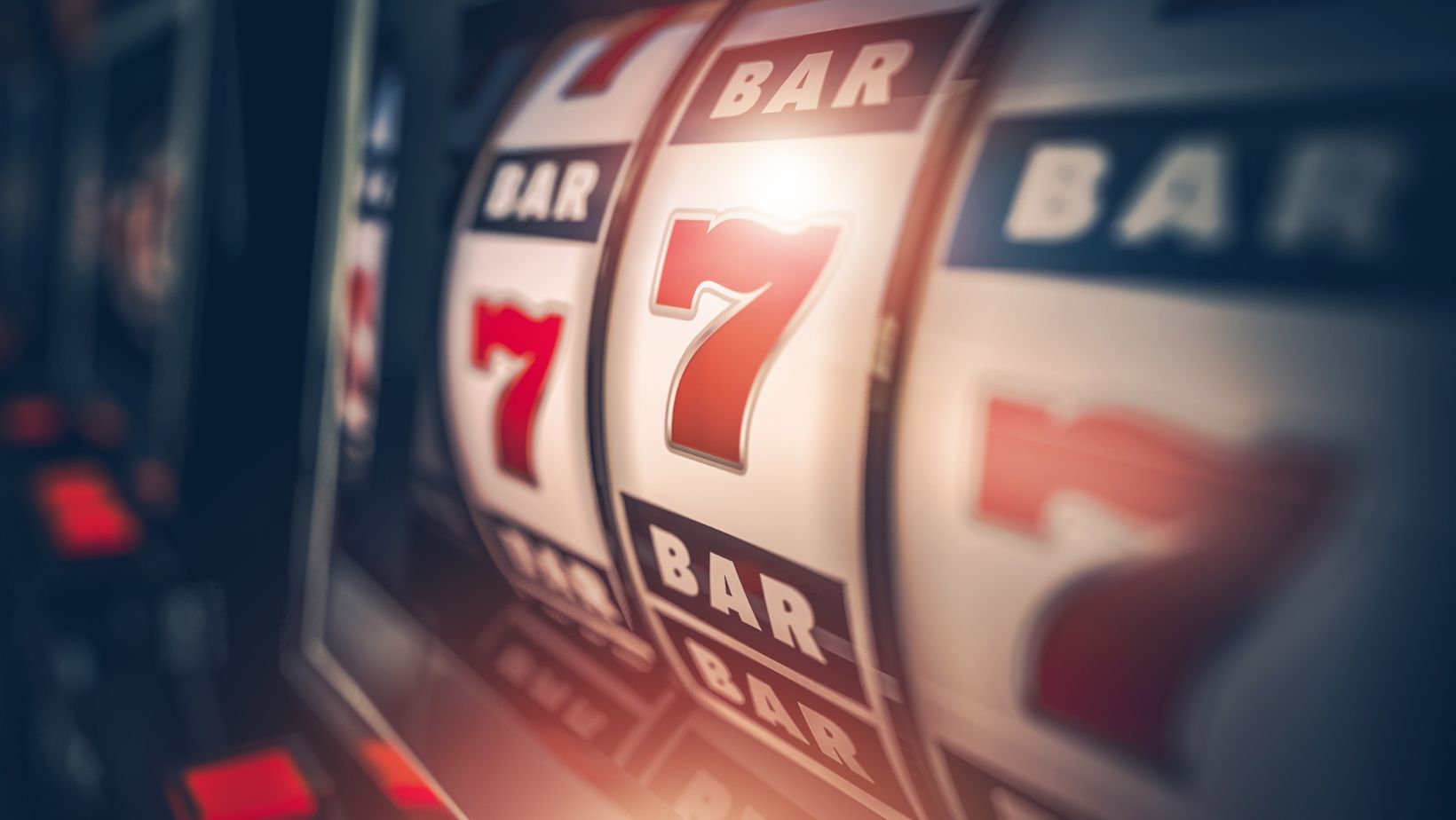
Entering any casino means entering an intentionally planned environment that surrounds you immediately. The casino environment uses every element, from lights to sounds to colors, with the purposeful intent of behavioral modification.
Gaming machines positioned on the casino floor strategically influence player actions more significantly than any other factor. Slots have become an advanced scientific arrangement within casinos through research involving psychological theories combined with economic principles and human movement research.
High-Traffic Pathways and the 80/20 Rule
The awareness of casino operators shows them that some areas naturally produce more guest visibility. Gaming machines located strategically at main walkways and entrances receive the majority of play time from customers instead of those installed in isolated spots.
The revenue distribution in casinos follows the Pareto principle to achieve 80 percent of Casino profits from 20 percent of machines, which are placed in busy areas. The crossover areas between hotel elevator entries and the casino floor represent prime vending machine positions.
Transition areas in casinos become important because gamers perform their initial betting choices at these points. Casinos strategically choose successful slots machines to display in prime areas because these machines possess attractive visuals and fascinating bonus gameplay as well as loud auditory effects. The cores of their gameplay machines focus on entertainment value rather than maximum payouts because they want to attract players’ interests.
The Psychology of Peripheral Placement
Casino designers use peripheral placement to maximize awareness because these areas gain visibility beyond busy visitor paths. Gaming machines placed at game area edges entice players who want privacy, together with a quieter atmosphere.
Occasional gamblers seek these secluded spots where only high-value gaming devices operate since serious players who need quiet intend to focus.

The games within peripheral sections tend to offer slightly improved odds and attract players due to this advantage. Casino managers position video slot machines with superior theoretical return ratios in less busy areas because they understand experienced gamers search for such devices.
Creating Neighborhoods of Experience
The evolution of modern casinos involves restructuring gambling machines into specialized gaming floor areas beyond haphazard distribution. Each themed area contains games that match one another, which makes it simple for players to locate their desired gaming types.
Each game section on the casino floor serves a specific category, such as video poker selections, progressive jackpot slots, and penny slots, as well as titles inspired by popular entertainment franchises. The grouping of neighborhoods in casinos fulfills specific objectives. Regular gamers benefit from the simplified direction system, which also generates small gaming clusters based on shared preferences.
The End Cap Advantage
Players can observe popular new slot machines at the concluding positions, which line the rows of gambling machines. End cap machines get above and beyond the attention provided to slot machines, which exist in interior positions along the rows.
Casinos use end caps for their new slot machine introductions to track player popularity before choosing their final machine locations. According to psychological principles, players tend to select machines that provide open play and feel roomy.
Sound Design and Machine Clustering
The sounds in nearby slot machine locations substantially affect how players behave. When they approach these machines. Endearing sounds and music from casino machines appear when players win at locations that casinos deliberately position.
Audio indicators in casinos provide strong social signals to demonstrate that regular winnings are happening in the immediate area. The combination of attention-grabbing screen displays with progressive jackpot features creates maximum effectiveness when they exist in clusters. Players from different areas of the casino floor are drawn towards the area by both visual and auditory cues at the excitement zones.
Technological Evolution and Data-Driven Placement
The contemporary casino industry makes strategic use of modern technological developments above basic instinctual methods to improve operational effectiveness and player interaction. Analytical systems complemented by tracking systems enable operators to monitor machine performance and revenue outcomes that help them optimize their floor design.

Heat mapping software tracks how people move through casino spaces to show empty zones requiring changes in floor arrangement and new equipment placement. Forward-thinking establishments employ automatic bet pricing systems that adjust minimum bet amounts using factors such as time frame and machine placement. The betting minimums of high-traffic areas rise during peak hours, but lower thresholds remain in less active zones to attract players.
To Conclude
A combination of psychological and economic principles with spatial arrangement brings together the optimal placement tactics for slot machines. Every detail of casino floor planning exists for a purpose since it aims to boost customer satisfaction and revenue growth. Knowledge of these strategic principles does not alter the probabilities but enables you to see how meticulously designers create poker machine locations that appear random.
Observing casino layouts from a new perspective becomes possible during your next visit to a gambling establishment. Check how the space guides your gaze and watch how the route leading through the room forces you, while specific machines grab your attention. Casino floor designers keep perfecting their behavioral strategies for attracting gamblers who move from playing to staying longer.












